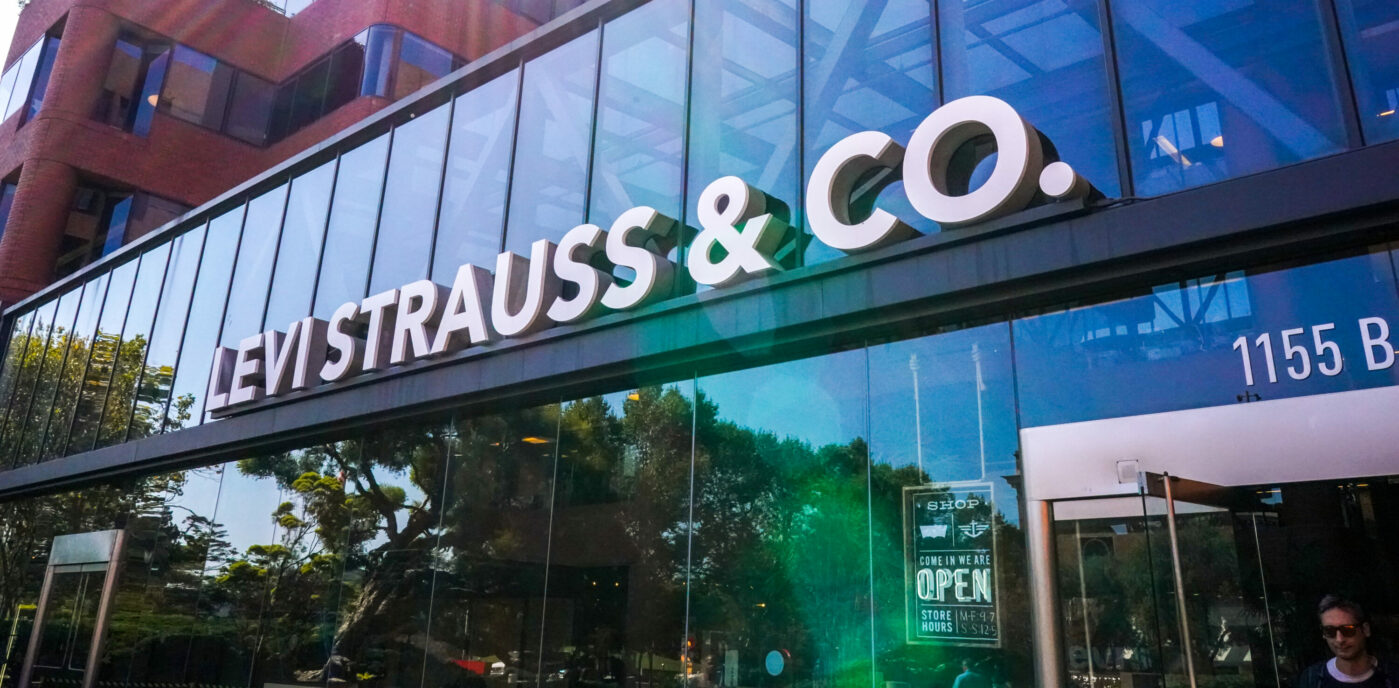Fashion’s fourth industrial revolution is underway and the technological advances and innovations show no signs of slowing down.
Earlier this month at the Bread&Butter trend show in Berlin, Germany, Zalando, a European e-commerce clothing company, teamed up with Google and gave guests a glimpse at where fashion design is headed.
They debuted Project Muze, a program that puts an Artificial Intelligence (AI) twist on clothing customization. Described on its website as “a fashion experiment… using machine learning to create virtual fashion designs,” Project Muze invites users to engage in an interactive fashion experience. Through answering a series of multiple-choice questions, finishing with a final task: “draw something,” users are put in the designer driver’s seat. Once finished, the program incorporates the user’s responses, along with data from the Google Fashion Trends Report and popular styles on Zalando’s website, and generates a custom 3D fashion design. This development takes adding a personal touch to new heights.
At Levi’s, we know personalization is one of 2016’s biggest trends—from monograms to distressed denim to embroidery to buttons and pins, fashionistas are seeking out new ways to take existing designs and making them their own. But with the advent of new technologies and programs like Project Muze, personalization no longer has to happen after the base design is already complete. Instead, guests’ preferences are factored into the creation process at the outset, turning fashion into a co-production.
IBM Watson and Marchesa’s “Cognitive Dress” is another example of fashion design driven by guest experience. The garment itself was specifically created to change colors to correspond to the public’s emotional response to the dress on social media—in real time.
Design isn’t the only area in the fashion space where shoppers will start to see AI playing a new role. Other companies, like Fluid, Edited and Thread are utilizing AI to analyze data to help everyone from retail folks looking to better understand supply and demand needs, to shoppers who are looking for, say, the perfect jacket tailored to their own specific occasions.
The fashion industry as we know it is already changing—and thanks to advances in technology, the next change-maker of this generation might very well be you.

AI Technology Puts Fashion Design in the Hands of Everyone
September 21, 2016






